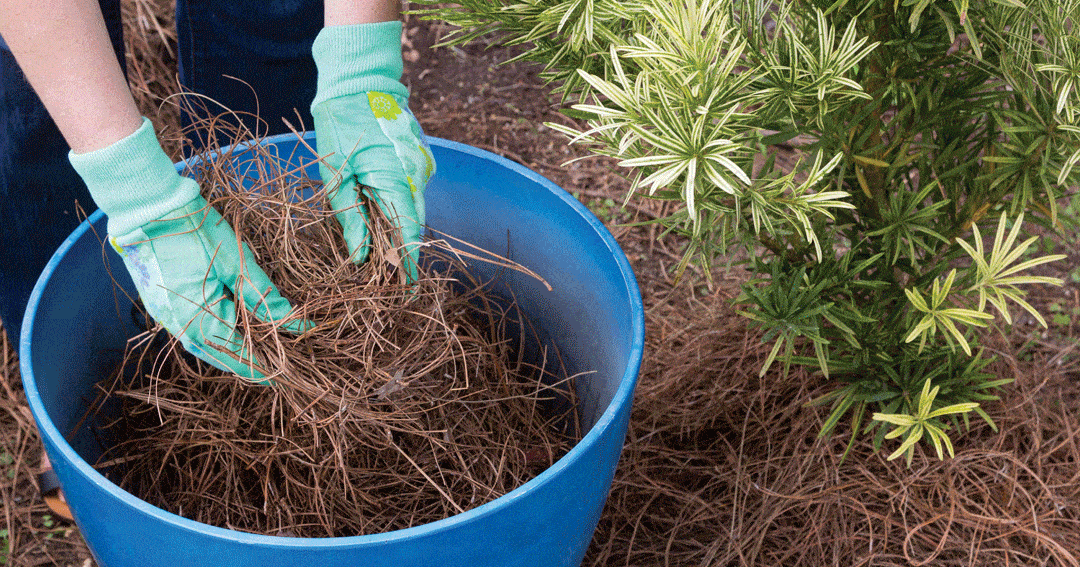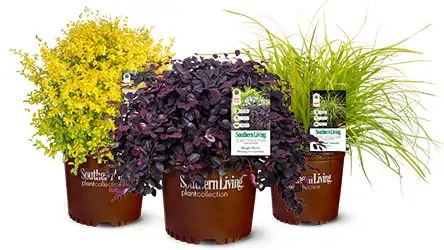Before you settle in for a well-deserved winter break, take some time to winterize your garden.
Not sure where to start? Follow our step-by-step guide!
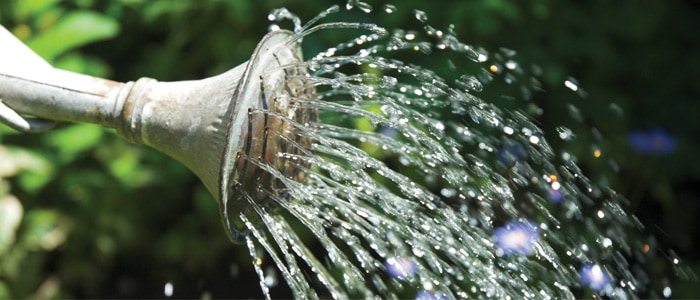
1. Before freezing temperatures occur, make sure the soil around your plants has plenty of residual moisture.
If rainfall has been scarce during the fall, deeply water landscape plants every week or 10 days until the first hard freeze.
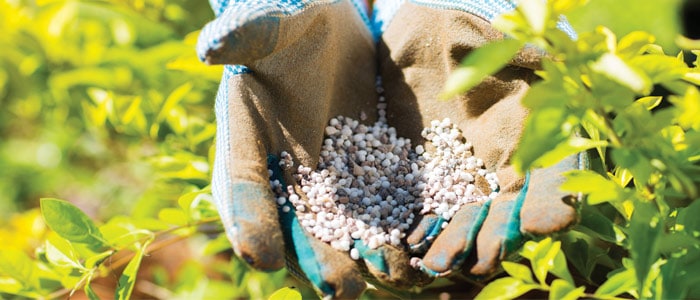
2. Don’t apply fertilizer in the late fall
Adding fertilizer late in the season promotes new growth that can be damaged by winter weather, so don’t apply fertilizer later in the fall.
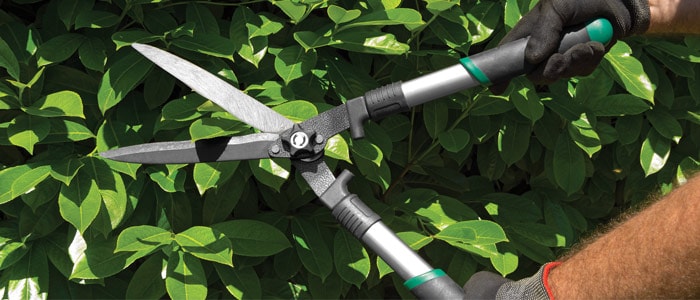
3. Avoid pruning trees or evergreen shrubs in the fall
Pruning at this time encourages new growth as well. However, if you have trees or large shrubs with weak or dead limbs that may break and fall on the roof or eaves of a house or other structure in winter weather, cut these away in the fall.
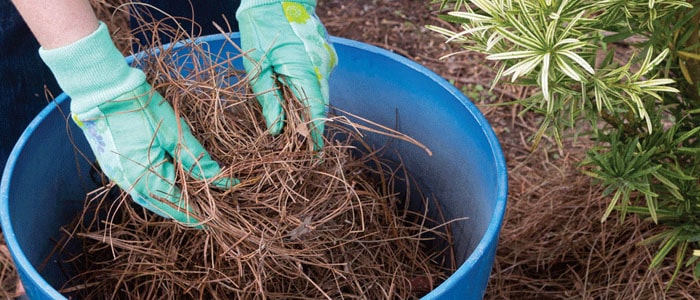
4. The most important chore to prepare your garden for winter is mulching.
While not every plant needs to be protected from low winter temperatures, tender perennials or newly planted shrubs and trees can use the added layer of protection. Winter mulch serves as a blanket for the plants’ root systems, helping insulate soil from temperature fluctuations. The freezing and thawing of soil can push shallow-rooted plants’ roots out of the ground and closer to the surface where cold weather can affect them more.
Once the first hard freeze has occurred, apply 2 to 4 inches of straw, pine needles, hay, compost, leaves, bark chips or other organic mulch evenly around the plants. Be sure to keep the material a couple of inches away from the plant so it won’t promote rot or allow small rodents that may seek cover in the mulch to gnaw on the trunk.
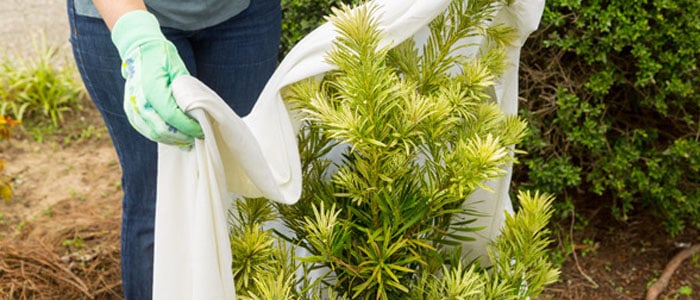
5. When heavy snowfall or icing is predicted, use burlap, canvas, or old sheets to cover the plants.
Anchor the cover around the base of the plant with stakes, rocks, bricks or logs so winter winds don’t blow it off. Remove the cover and shake off the snow or ice once the threat has passed.
Snow and ice can break limbs and twigs of more fragile multi-branched trees and shrubs. Give them a little help holding up under the weight by bundling the limbs together with string or twine. It’s fine to gently shake snow from the limbs of trees and shrubs, but let ice melt on its own to avoid breakage.
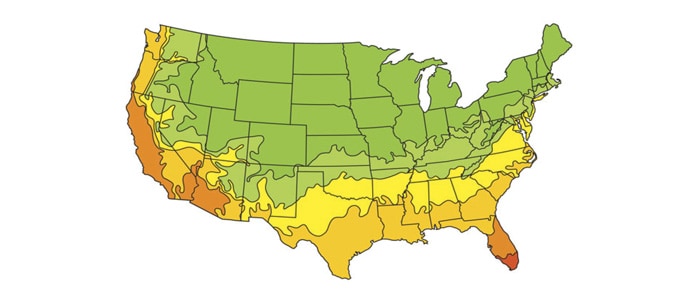
Pro Tip: The best form of winterizing is making sure the plants you choose for the landscape are able to withstand your winter weather.
As you buy new plants, pick ones that are suited for your growing zone and locate them in the proper spot. Tender plants that can’t withstand lots of cold weather should be planted in protected areas or on the west and south sides of houses and other structures.
And if, despite all your efforts, winter seems to take a toll on your landscape plants, don’t panic. Many will rebound when spring arrives so be patient and give them time to recover before you give up on them.

